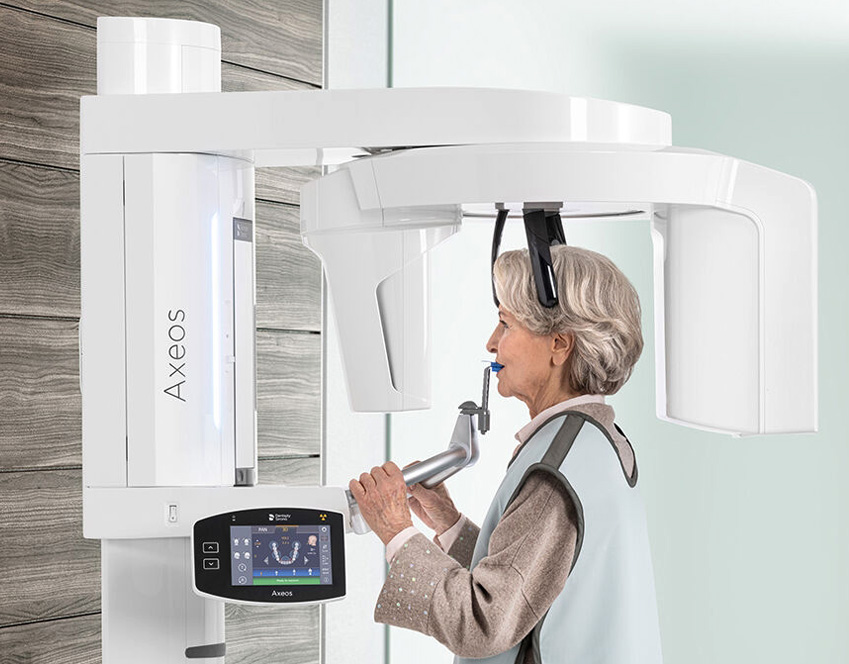
If you've visited the dentist recently, you may have noticed something missing from your X-ray experience: that heavy lead apron. For decades, these protective shields were as routine as the dental chair itself. But in 2024, the American Dental Association made a groundbreaking announcement that's changing dental practices nationwide. In February 2024, the American Dental Association's expert panel officially recommended that dental professionals discontinue the use of lead abdominal aprons and thyroid collars for routine dental X-rays. This wasn't a sudden decision—it was based on years of research and technological advances that have dramatically reduced radiation exposure in modern dental imaging. The recommendation applies to all patients, including pregnant women and children, marking the end of a practice that has been standard in dentistry for generations. The primary reason for this change is simple: modern dental X-ray technology has evolved tremendously. Today's digital X-ray systems emit significantly less radiation than their predecessors, making protective shielding unnecessary for patient safety. Here's what makes modern dental X-rays so much safer: Digital Technology: Digital sensors require far less radiation than traditional film to produce high-quality images. The exposure time is also much shorter, typically lasting just milliseconds. Precise Beam Collimation: Modern X-ray machines use highly focused beams that target only the specific area being examined, minimizing scatter radiation to other parts of the body. Improved Filtration: Advanced filtration systems remove low-energy X-rays that don't contribute to image quality but would otherwise add to patient exposure. To understand just how minimal dental X-ray radiation has become, it's helpful to compare it to everyday exposures we encounter without a second thought. A single digital dental X-ray exposes you to approximately 0.005 millisieverts (mSv) of radiation. To put this in perspective: The threshold for radiation-related health complications is set at 100 milligray (mGy), but dental X-rays expose patients to less than 0.1 mGy—more than 1,000 times below the safety threshold. Even for pregnant women, where fetal safety is paramount, dental X-rays pose essentially zero risk because the fetus is well outside the imaging field and radiation doses remain far below concerning levels. Modern research has also revealed that lead aprons may actually interfere with image quality in some cases, potentially requiring retakes that would increase overall exposure rather than reduce it. While the ADA has updated its recommendations, the transition isn't happening uniformly across all states. Some states, like California, still require lead aprons by law, so dental practices must continue using them regardless of the updated guidelines. However, many states are reviewing their regulations in light of the new scientific evidence. If you're in a state where lead aprons are still required, don't worry—the combination of modern low-dose technology plus the traditional protection provides an extra margin of safety, even though it's no longer considered necessary. For patients, this change represents several benefits: Increased Comfort: No more struggling with heavy, uncomfortable lead aprons during X-ray procedures. Faster Procedures: Without the need to position and adjust protective equipment, X-ray appointments can be more efficient. Better Image Quality: Eliminating potential interference from lead shields can result in clearer images, reducing the need for retakes. Evidence-Based Care: You can feel confident knowing your dental care is based on the latest scientific evidence and technology. The elimination of lead aprons from dental X-rays sends an important message about how far medical imaging technology has advanced. What once required heavy protective equipment now operates at such low radiation levels that additional shielding is simply unnecessary. This doesn't mean radiation safety has become less important—quite the opposite. It means that modern technology has made procedures so safe that traditional protective measures are now obsolete. Dental professionals continue to follow strict protocols to minimize exposure, including using the lowest possible doses to achieve diagnostic-quality images and avoiding unnecessary X-rays. As dental technology continues to advance, we can expect even further reductions in radiation exposure. Artificial intelligence is already being integrated into imaging systems to optimize exposure parameters automatically, and new detector technologies promise even greater sensitivity with lower doses. The retirement of lead aprons from routine dental care marks a significant milestone in the evolution of dental radiography. It's a testament to decades of technological advancement and a commitment to evidence-based practice that prioritizes both safety and patient comfort. The next time you visit your dentist for X-rays, you might feel lighter without that familiar lead apron—and you can rest assured that you're receiving the safest, most advanced dental care available. Modern dental X-rays truly are safer than eating a banana, and that's not just a fun comparison—it's a remarkable achievement of medical technology.The Big Change: ADA's New Guidelines
Why Lead Aprons Are No Longer Necessary
Putting Radiation Exposure in Perspective
The Science Behind the Safety
State Regulations and the Transition
What This Means for Patients
The Broader Message About Radiation Safety
Looking Forward

Contact us with any questions or to schedule an appointment. Our caring and dedicated staff can't wait to hear from you!
Schedule Complimentary Consultation